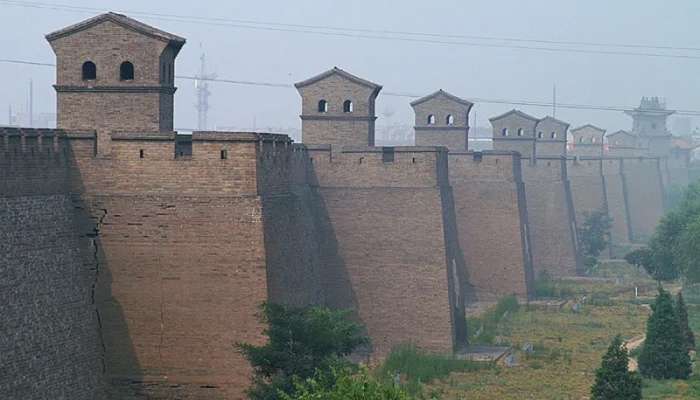
Beijng: A walled city over 600 years old has been unearthed in Dongguan, south China’s Guangdong Province, shedding light on the South China Sea coastal defence strategy at that time.
Besides the two city wall sections about 100 metres long and 7.6 metres thick, urban facilities such as roads, drains, building bases and wells have also been discovered, as well as a large number of building components and household items, said Cao Jin, director of the Guangdong Provincial Institute of Cultural Relics and Archaeology, at a press conference on on Tuesday.
The excavation work, which lasted from May to December last year, covered an area of 3,000 square metres, and is the largest single archaeological excavation project in the province in recent years.
The site confirms Dongguan’s important position as the “first gateway of Guangdong” in the military coastal defence system existing during the Ming Dynasty (1368-1644), while revealing the spatial layout and construction regulations of coastal defense walled cities in that period, Cao said.
Dongguan will implement effective protection measures and plan the construction of an archaeological park at the site, said Chen Zhijun, deputy secretary-general of the city government.